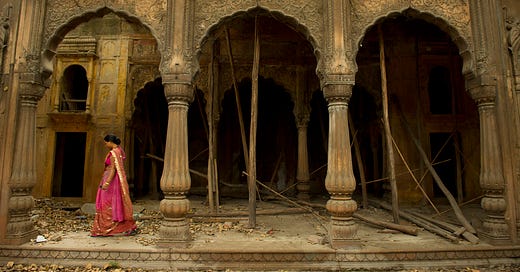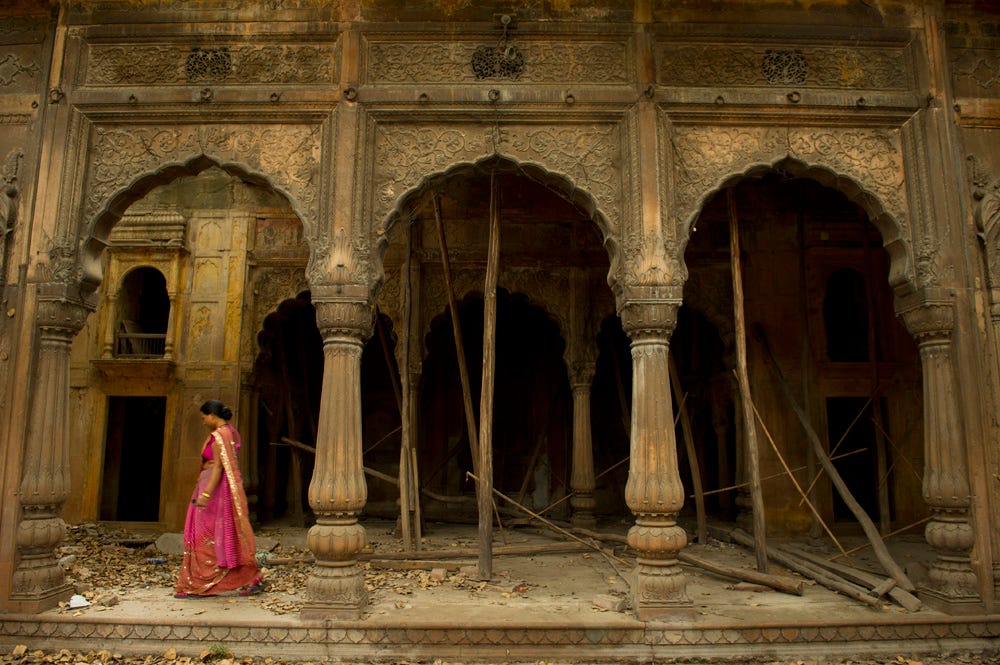Welcome to Brown History. If you’re enjoying this labor of love, please do consider becoming a paid subscriber. Your contribution would help pay the writers and illustrators and support this weekly publication. If you like to submit a writing piece, please send me a pitch by email at brownhistory1947@gmail.com.
Don’t forget to check out our SHOP and our Podcast.

Recommended Reads:
When Heritage Becomes Hollow Imitation
Are we honoring our roots or creating empty echoes of the past?
In contemporary architectural discourse, the concept of heritage is often reduced to a question of aesthetic replication. Yet, beneath their ornate facades and intricate details lie rich cultural narratives and time-tested solutions to social, environmental, and spatial challenges. Heritage buildings are more than historical artifacts; they embody solutions to challenges that remain relevant today. These structures' design principles, spatial strategies, and environmental adaptations offer valuable insights into addressing modern issues such as sustainability, social cohesion, and cultural identity. To reduce heritage to mere replication risks stripping architecture of its deeper meanings and purpose. What if we engaged with it more thoughtfully instead of copying the past? What if heritage buildings could teach us how to design for today’s complex world, blending tradition with innovation and history with progress? This inquiry invites us to look beyond the surface, to see heritage not as an artifact but as a living blueprint for a more sustainable and culturally resonant architectural future.
The Futility of Imitation Without Understanding
The cultural context of a building is as important as its aesthetic form. A structure’s spatial organization, use of materials, and decorative elements are deeply influenced by the cultural and societal norms of the time it was built. Their architectural designs were developed in response to specific environmental, social, and cultural needs; many echo today’s concerns. For example, passive cooling systems in traditional buildings, like courtyards and thick walls, offer sustainable strategies to combat climate change. Likewise, their spatial organization reflects deep-rooted social structures and communal living, addressing contemporary issues of social cohesion and community design. This organization is not arbitrary; it is a direct response to the cultural values of the society in which the building was conceived. Learning from these cultural influences allows contemporary architects to create spaces that are culturally resonant and responsive to the needs of their users, rather than simply replicating surface-level designs.







